Sex in the Bible
Does the Bible contain pornographic materials?
That is a good question because the Bible does contain a lot of materials describing human sexuality and sex. However, we must first define pornography.
Merriam-Webster Online Dictionary defines pornography as
(1) the depiction of erotic behavior (as in pictures or writing) intended to cause sexual excitement,
(2) material (as books or a photograph) that depicts erotic behavior and is intended to cause sexual excitement and
(3) the depiction of acts in a sensational manner so as to arouse a quick intense emotional reaction.
However I cannot think of any passage in the Bible that can arouse sexual excitement except possibility the Song of Songs (and that only if you are a celibate monk in a monastery with an active imagination, which I assume many of us are not). Therefore I will consider the Bible not to have any pornographic materials. Nevertheless, the Bible deals a lot with sex. The book review and book reviewed below is interesting reading.
Books & Culture, September/October 2007
The Joy of Texts
Sex in the Bible.
by Sam Torode

"The most interesting thing about sex in Bible," J. Harold Ellens insists, "is the fact that the Bible does not moralize sex." Now this may sound like an all-too familiar prelude to some special pleading. Taken at face value, it's obviously misleading. (Start with that injunction against adultery, for instance, and other inconvenient counter-examples readily spring to mind.) But there's a good deal more to Ellens' case than this pronouncement suggests.
The Bible resists our attempts to distill it into a universal rulebook because it's mainly a collection of stories and poems crafted over a span of centuries by many different authors, often with conflicting implications. When it comes to sexual mores, the Bible is actually full of "situational ethics." For example, Ellens notes, polygamy is the most common model of marriage in the Bible, and one can still make a strong biblical argument for polygamy in societies where women greatly outnumber men (such as in areas ravaged by war).
Driving home this point, Ellens cites the Old Testament stories where women, most notably Ruth and Esther, employ their feminine charms to seduce men for the furtherance of God's aims (and their own). Far from being condemned, these women earn nothing but praise from the biblical authors. It's ironic that Ruth is upheld as a role model for conservative Christian girls today. Instead of "waiting on God" for a husband, she spotted a good man, followed him home from a party, and jumped into bed with him—violating three "Biblical Rules for Dating" at once.
Ellens also devotes a chapter to the Song of Songs, that "uproariously successful erotic celebration of robust sexual play" between partners who are never identified as a monogamous husband and wife (another assumption we tend to bring to the text today). Ellens pokes fun at the celibate theologians over the centuries who flattened the Song into an allegory of Christ and the Church, or Christ and the celibate soul, sublimating sexuality into spirituality to the point of neurosis. Does the poem have an allegorical dimension? Yes—but that doesn't warrant a reading that treats the plain sense of the text as nothing but an elaborate code. By exorcizing earthly eroticism from the Christian life, Ellens believes, these commentators unwittingly drove people to seek sexual pleasure in harmful ways. "The church owes the world of humans an enormous apology for the centuries-long lie it perpetrated in this regard, and for the psychological and social pathology it produced."
Read complete article here
Books & Culture, September/October 2007
The Joy of Texts
Sex in the Bible.
by Sam Torode

"The most interesting thing about sex in Bible," J. Harold Ellens insists, "is the fact that the Bible does not moralize sex." Now this may sound like an all-too familiar prelude to some special pleading. Taken at face value, it's obviously misleading. (Start with that injunction against adultery, for instance, and other inconvenient counter-examples readily spring to mind.) But there's a good deal more to Ellens' case than this pronouncement suggests.
The Bible resists our attempts to distill it into a universal rulebook because it's mainly a collection of stories and poems crafted over a span of centuries by many different authors, often with conflicting implications. When it comes to sexual mores, the Bible is actually full of "situational ethics." For example, Ellens notes, polygamy is the most common model of marriage in the Bible, and one can still make a strong biblical argument for polygamy in societies where women greatly outnumber men (such as in areas ravaged by war).
Driving home this point, Ellens cites the Old Testament stories where women, most notably Ruth and Esther, employ their feminine charms to seduce men for the furtherance of God's aims (and their own). Far from being condemned, these women earn nothing but praise from the biblical authors. It's ironic that Ruth is upheld as a role model for conservative Christian girls today. Instead of "waiting on God" for a husband, she spotted a good man, followed him home from a party, and jumped into bed with him—violating three "Biblical Rules for Dating" at once.
Ellens also devotes a chapter to the Song of Songs, that "uproariously successful erotic celebration of robust sexual play" between partners who are never identified as a monogamous husband and wife (another assumption we tend to bring to the text today). Ellens pokes fun at the celibate theologians over the centuries who flattened the Song into an allegory of Christ and the Church, or Christ and the celibate soul, sublimating sexuality into spirituality to the point of neurosis. Does the poem have an allegorical dimension? Yes—but that doesn't warrant a reading that treats the plain sense of the text as nothing but an elaborate code. By exorcizing earthly eroticism from the Christian life, Ellens believes, these commentators unwittingly drove people to seek sexual pleasure in harmful ways. "The church owes the world of humans an enormous apology for the centuries-long lie it perpetrated in this regard, and for the psychological and social pathology it produced."
Read complete article here
.
Labels: Book Review, Sexuality




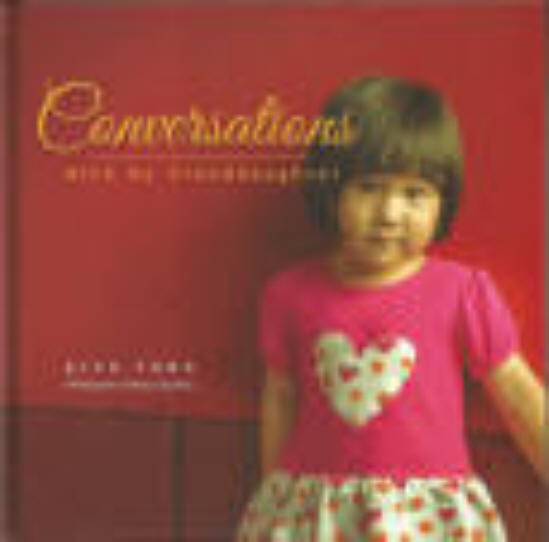
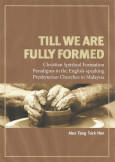
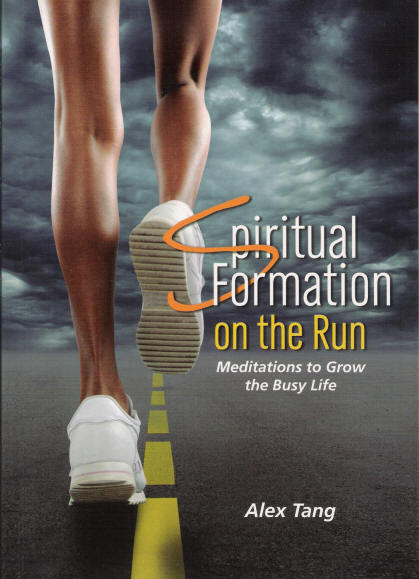
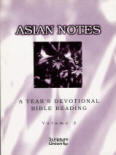
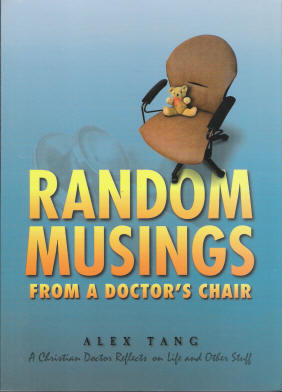

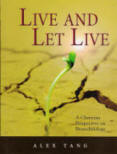
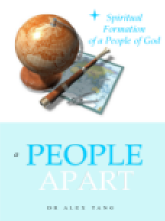
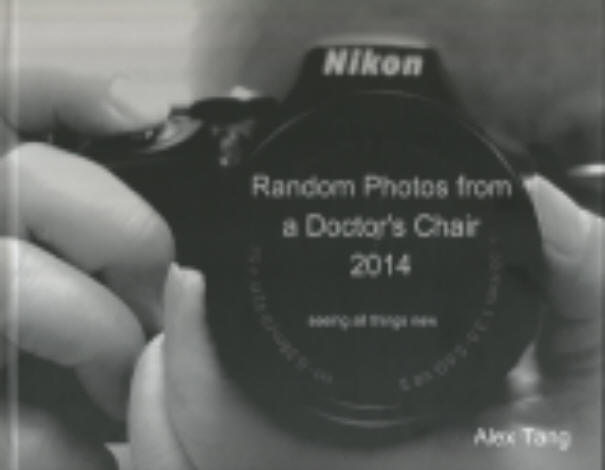


0 Comments:
Post a Comment
<< Home